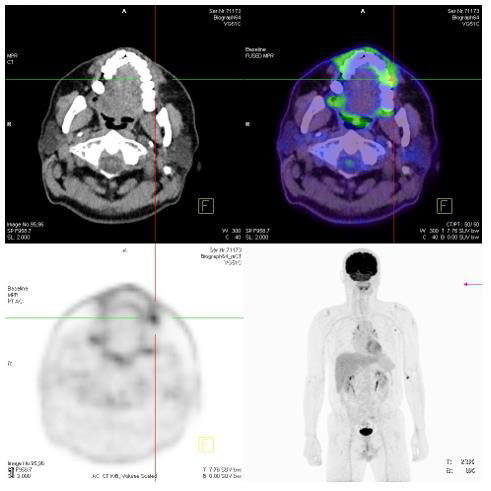Abstract
#Pelvic floor dysfunction is a complex of disorders of the #fascialstructures and pelvic floor muscles that keep the pelvic organs in a
normal position and provide continence of urine and feces [1-6]. The
POP amounts 30.8% in the structure of urogynecological pathology
in European countries [7], in the Middle East countries - 19.9-49.6%
[4], in the countries of North and East Africa - 46-56% [8]. In recent
years, the incidence of POP has been increasing worldwide [9].
However, despite the growing prevalence of pelvic floor dysfunction
in women, there is no consensus on its etiology and #pathogenesis
to date. Herewith, there is no doubt that this is a multifactorial
pathology, the development of which is determined by genetic and
environmental factors. The environmental factors contributing
to the development of pelvic floor dysfunction in women have
been studied quite well. Those include traumatic and prolonged
labor, estrogen deficient conditions, diseases accompanied with
increased #intra-abdominal pressure (bronchitis, bronchial asthma,
constipation, etc.), disturbance of #microcirculation of blood and
lymph in the small pelvis, obesity, and sedentary lifestyle [5,10,11]. As for genetic factors, already at the beginning of the 20th
century it was known about existence of family cases of POP.
This fact served as the basis for conducting large-scale studies
using classical methods of genetic analysis – clinical-genealogical,
population-statistical and twin studies, aimed to elucidate the role
of hereditary factors in the development of pelvic floor dysfunction
in women. The generalized results of these studies have
convincingly demonstrated that in families of probands (patients) a
pelvic floor dysfunction occurs 3-5 times more often than it would
be expected based on the frequency of this pathology in population.
For more articles on BJSTR Journal please click on https://biomedres.us/
For more Biomedical Imaging Articles on BJSTR


No comments:
Post a Comment
Note: Only a member of this blog may post a comment.